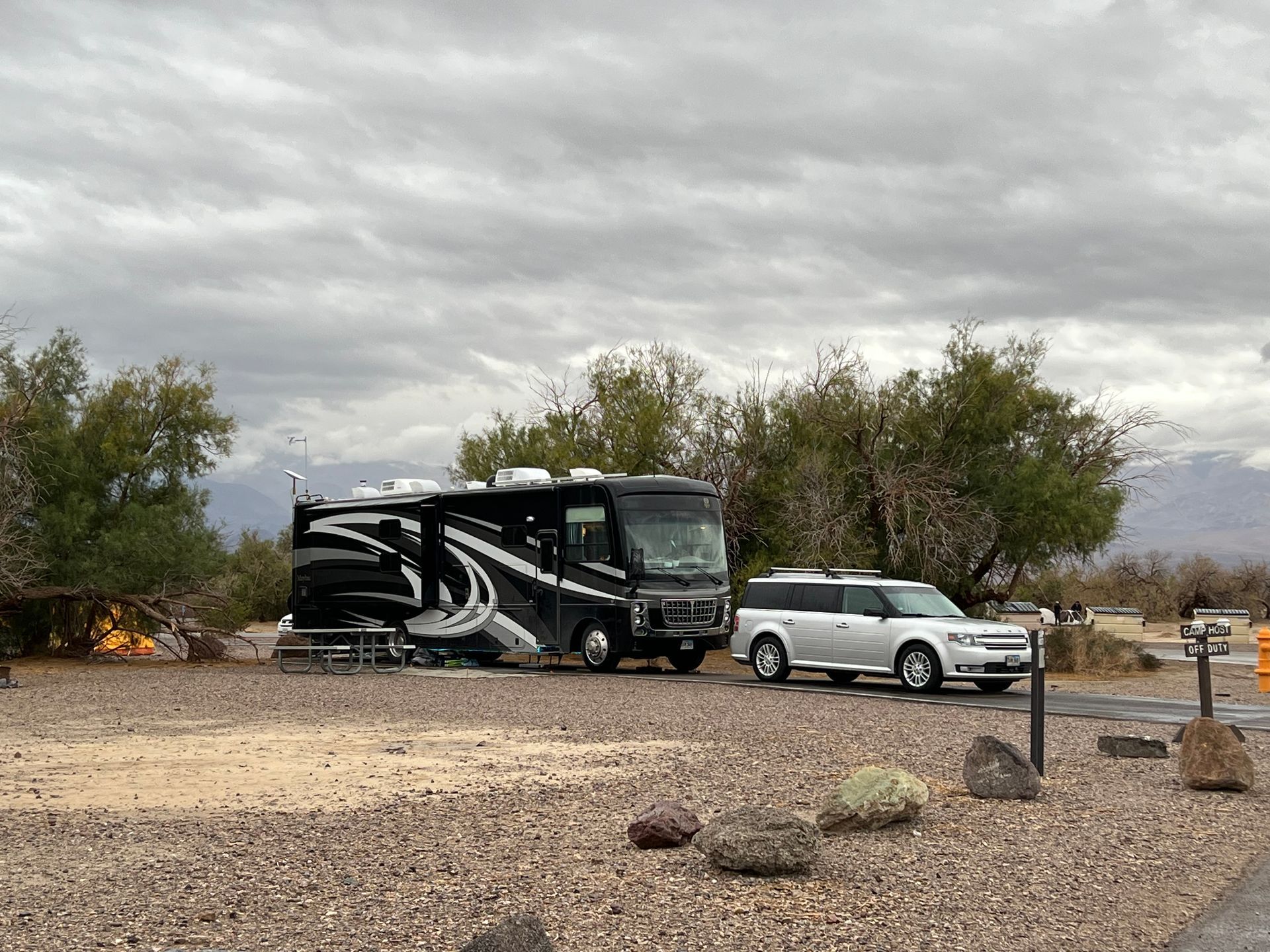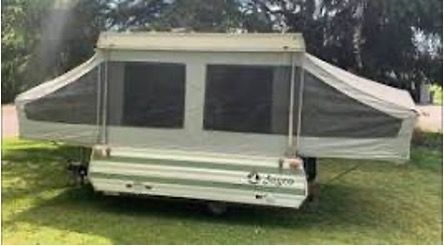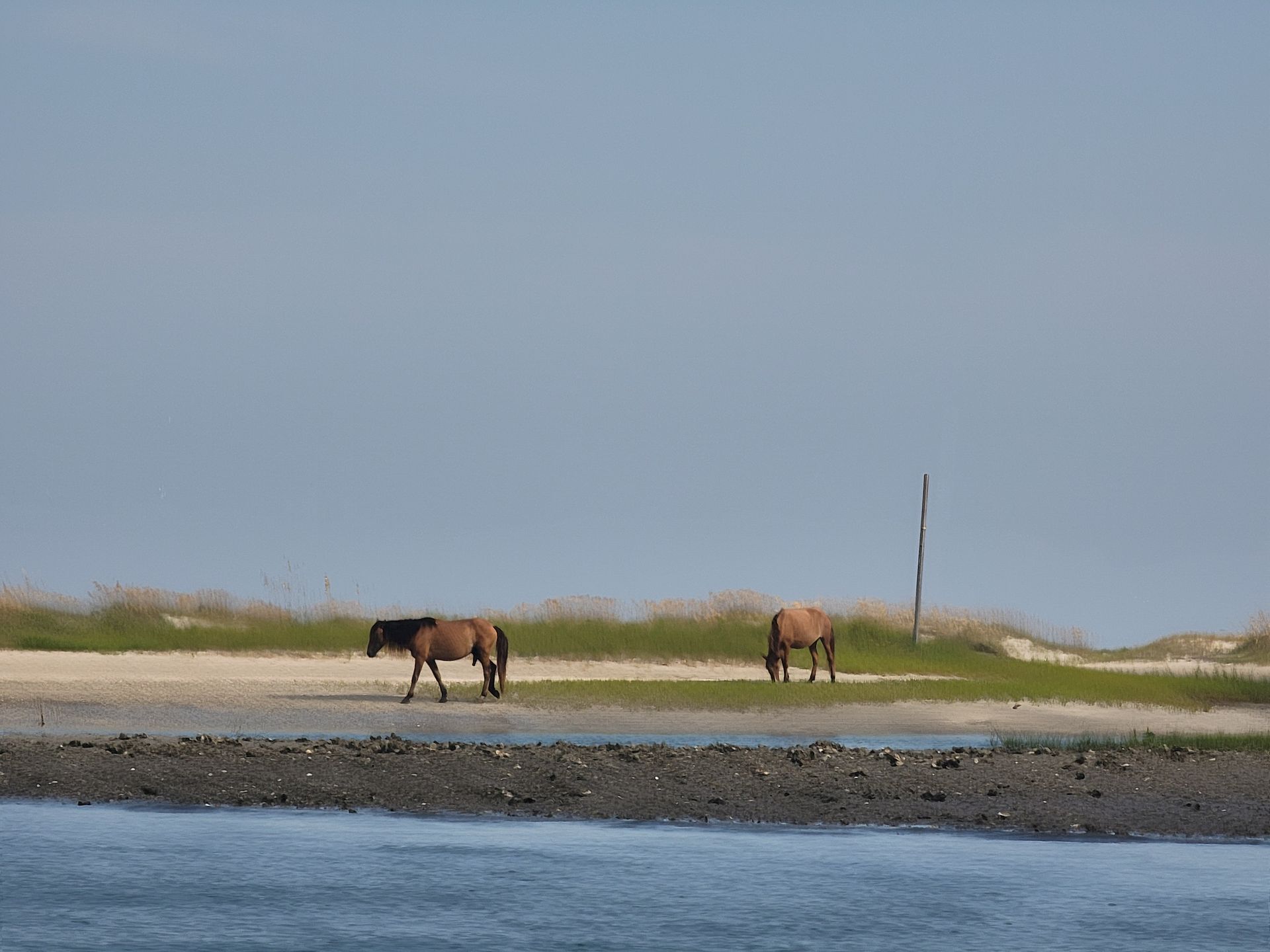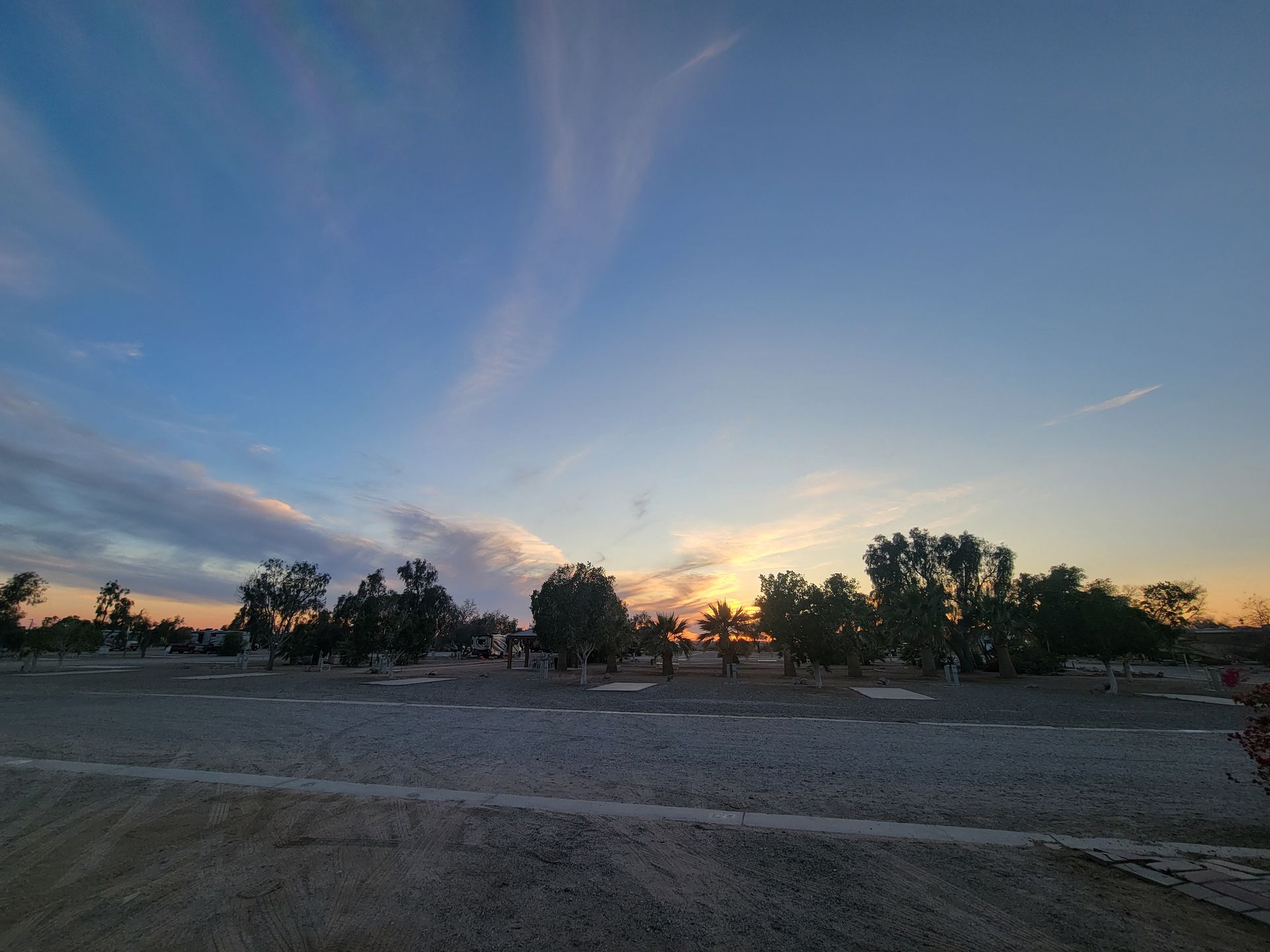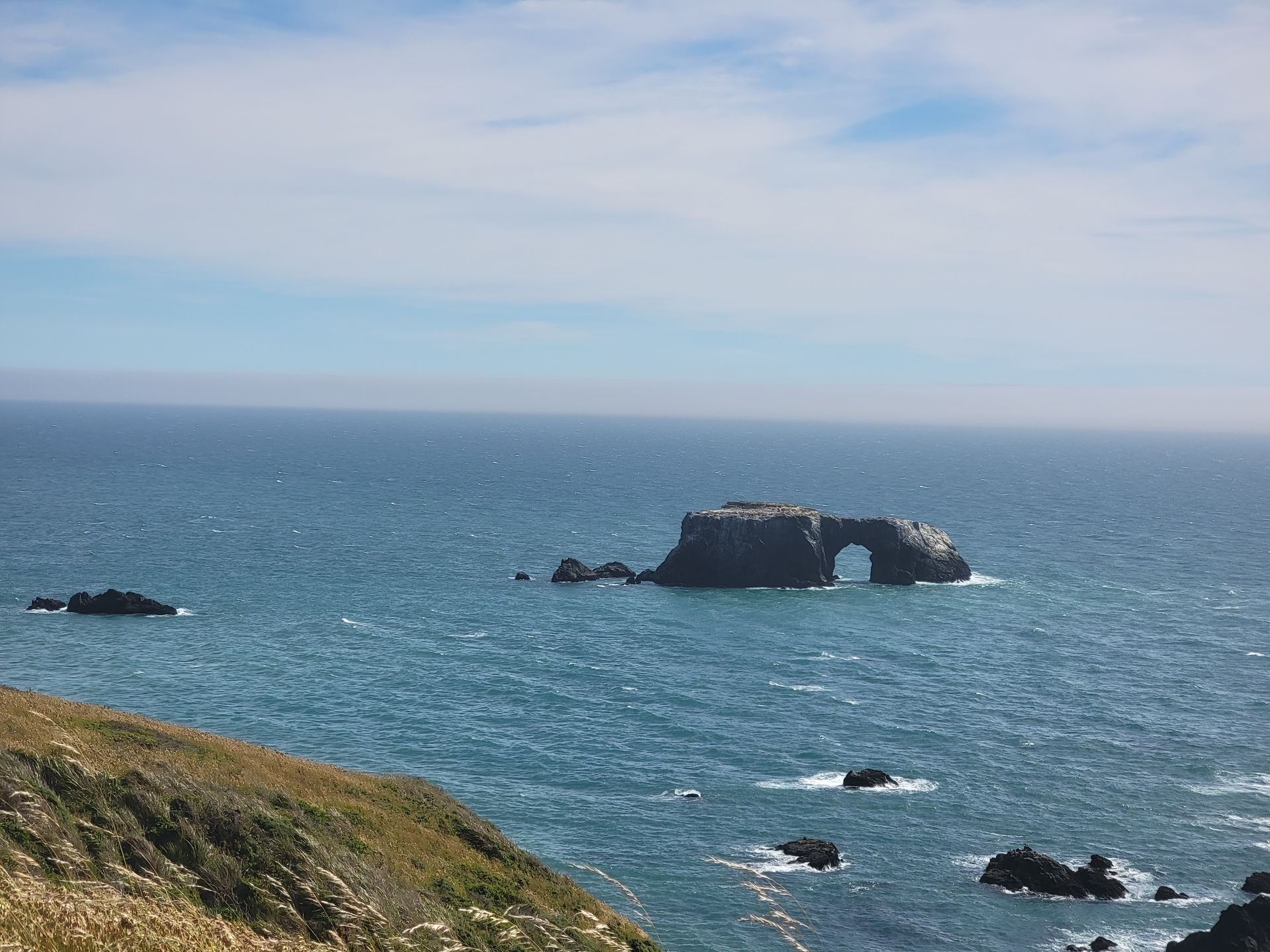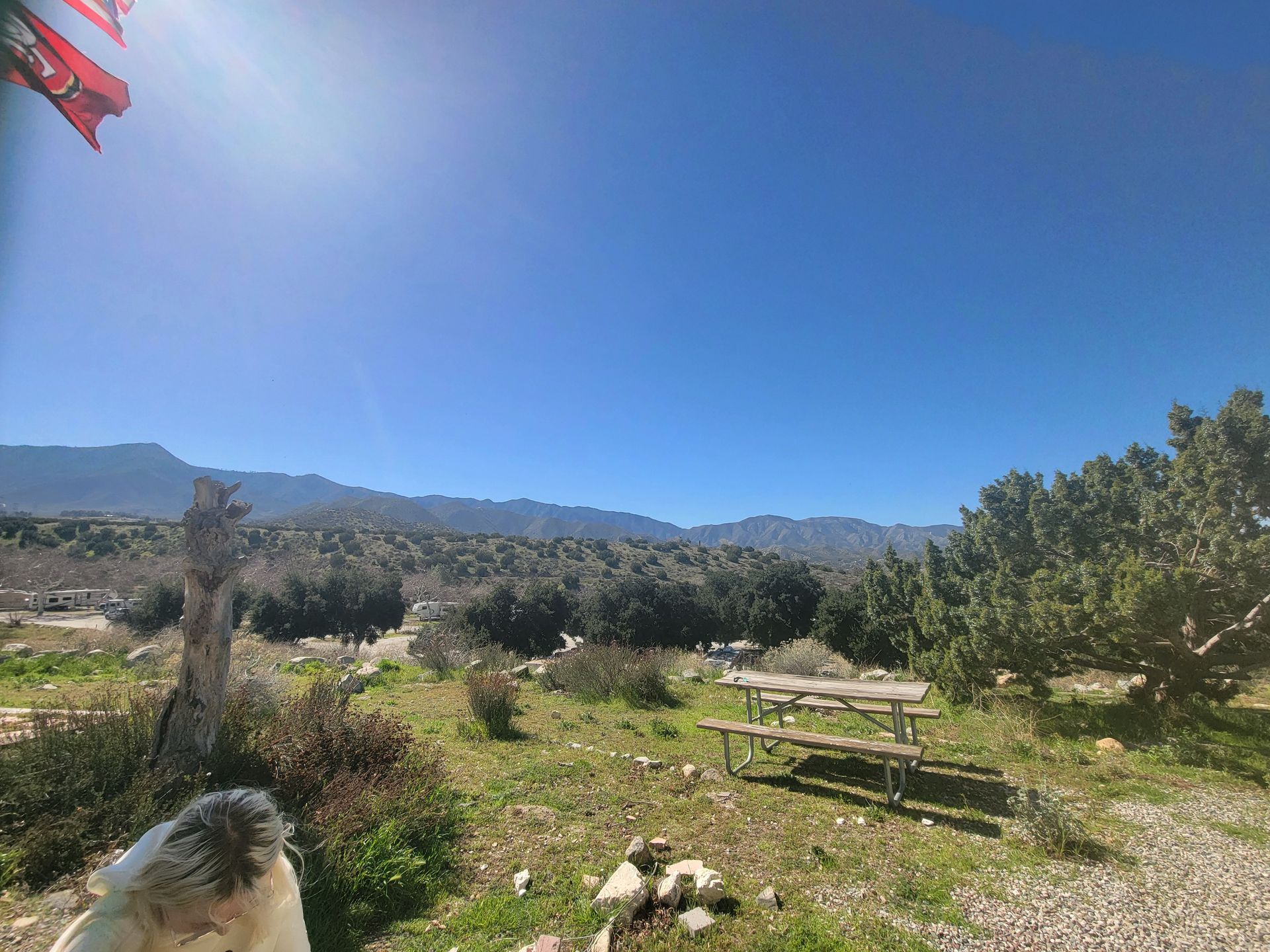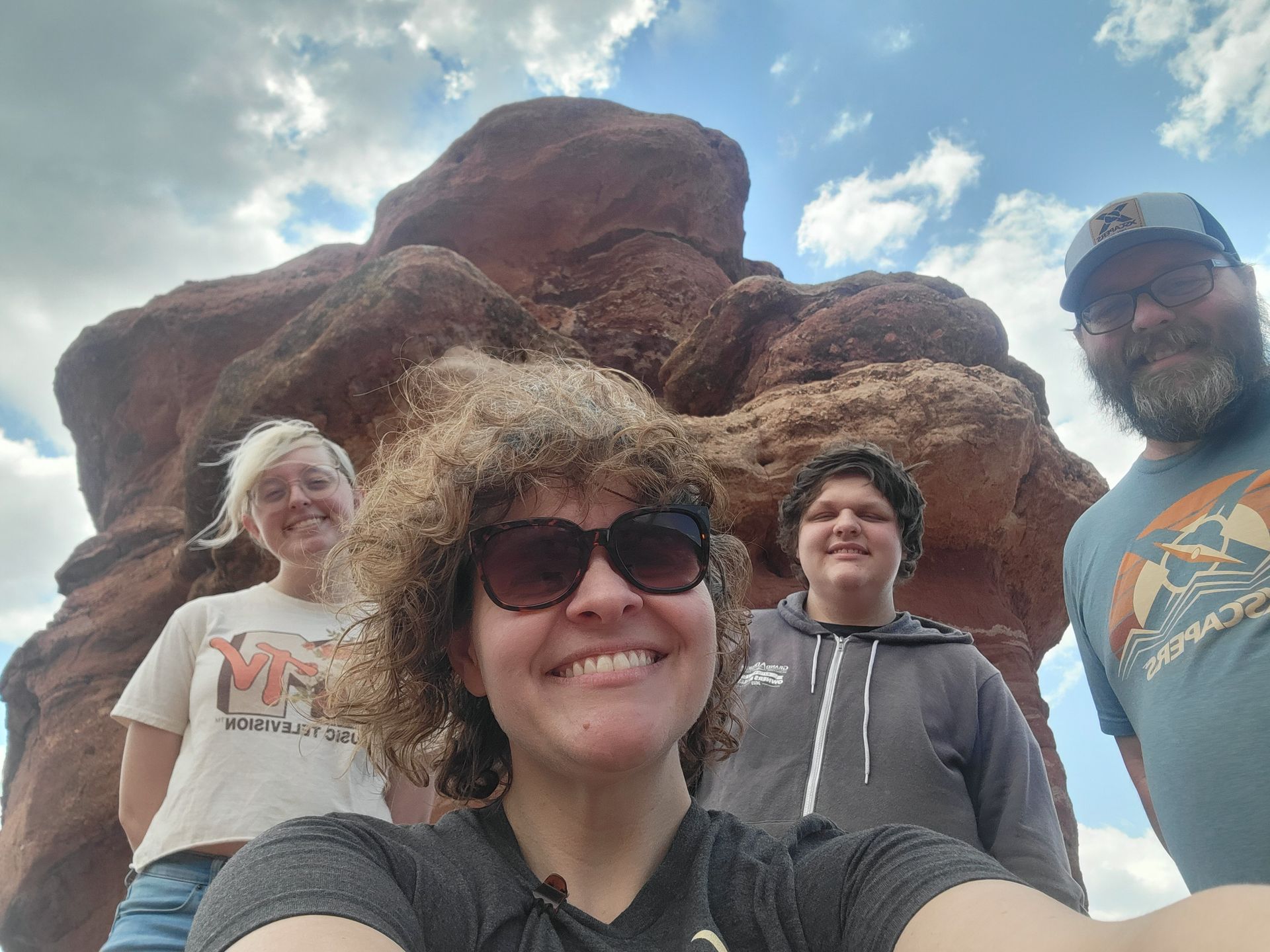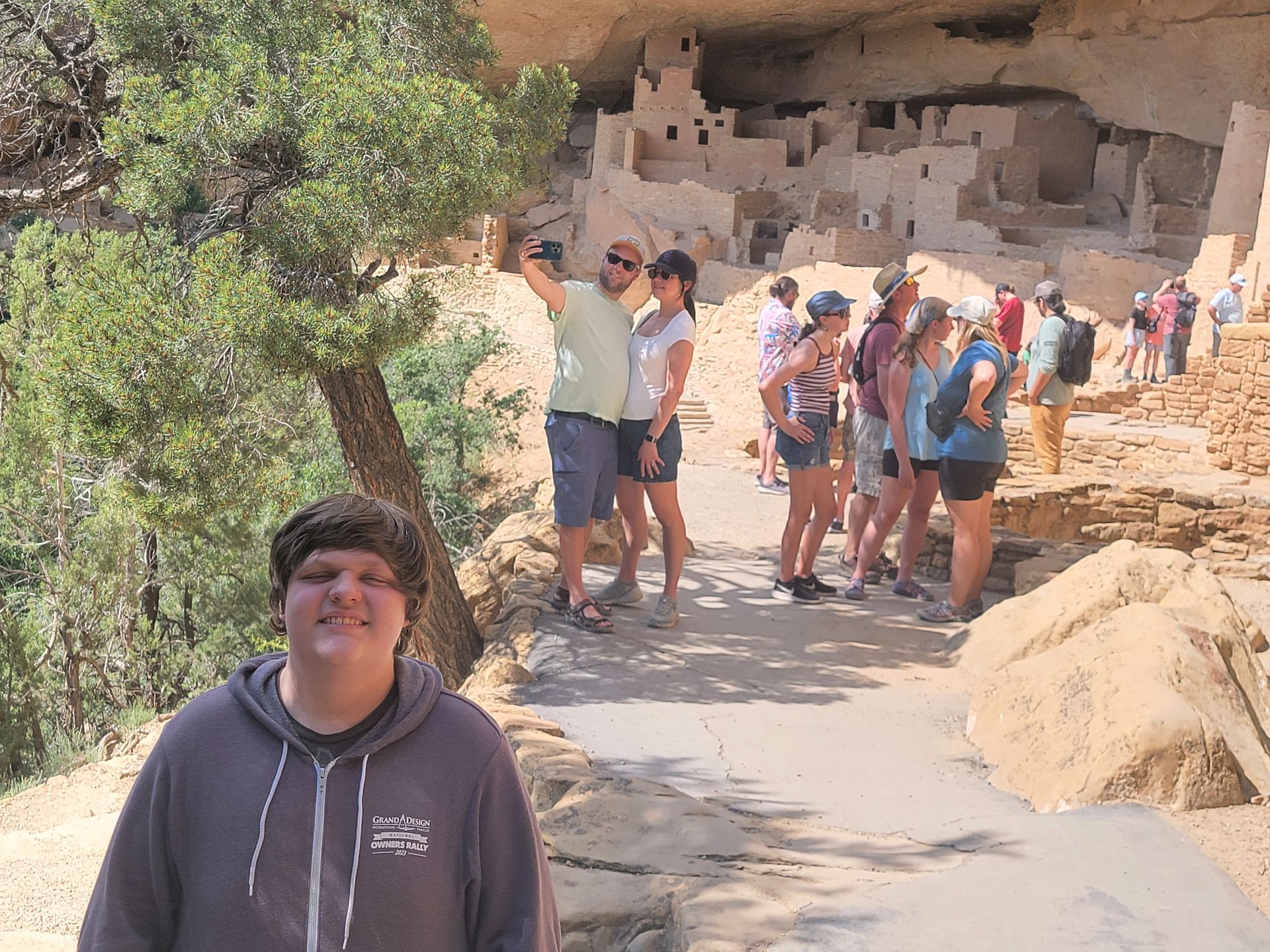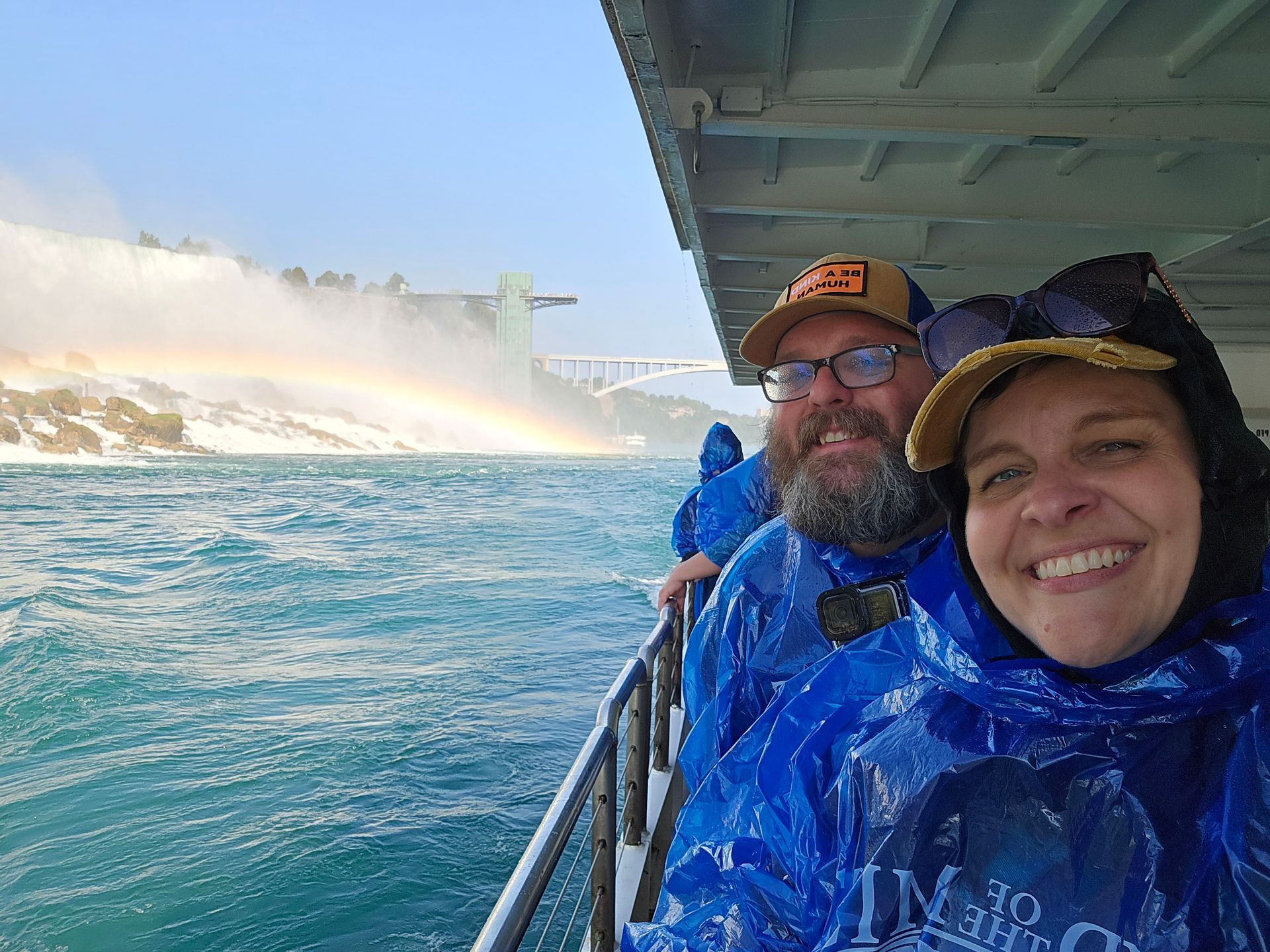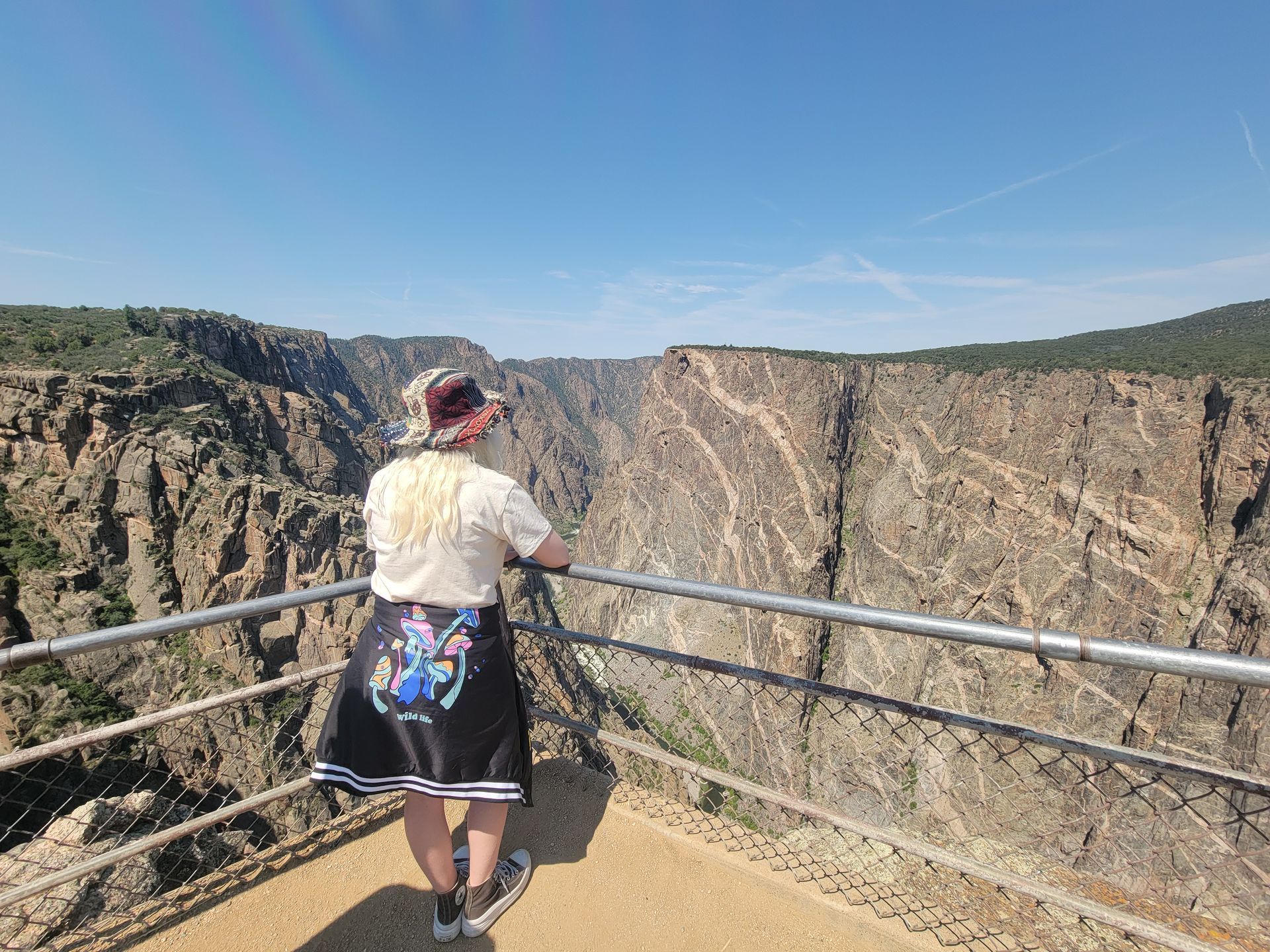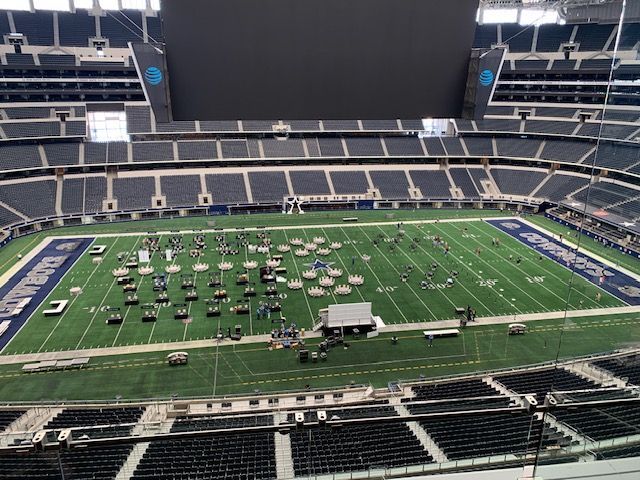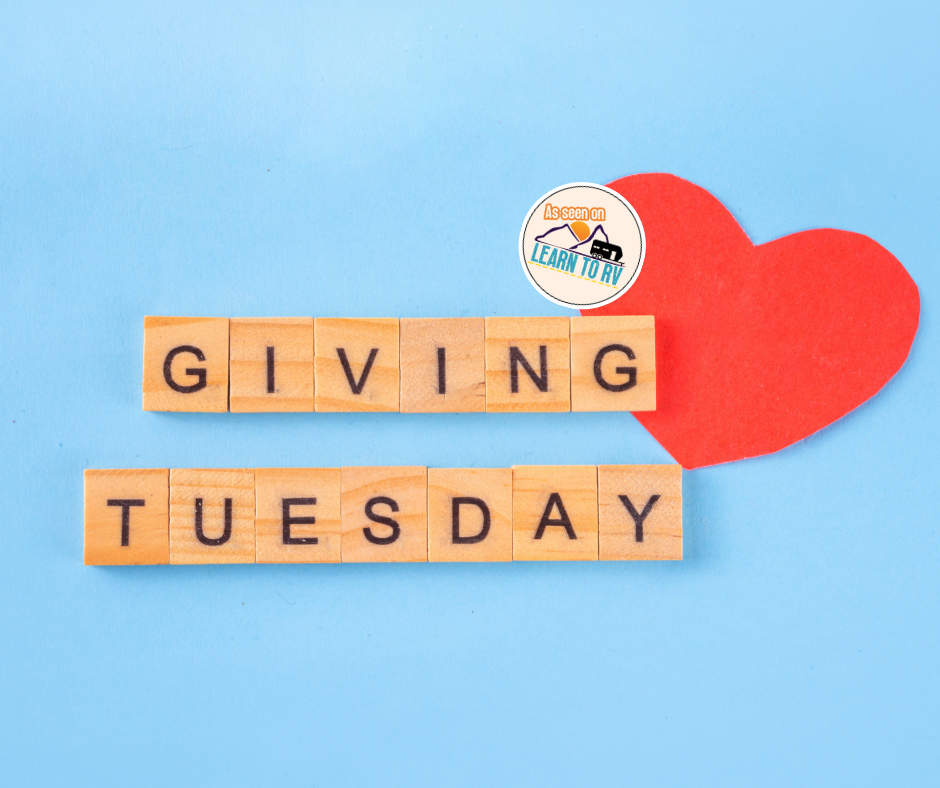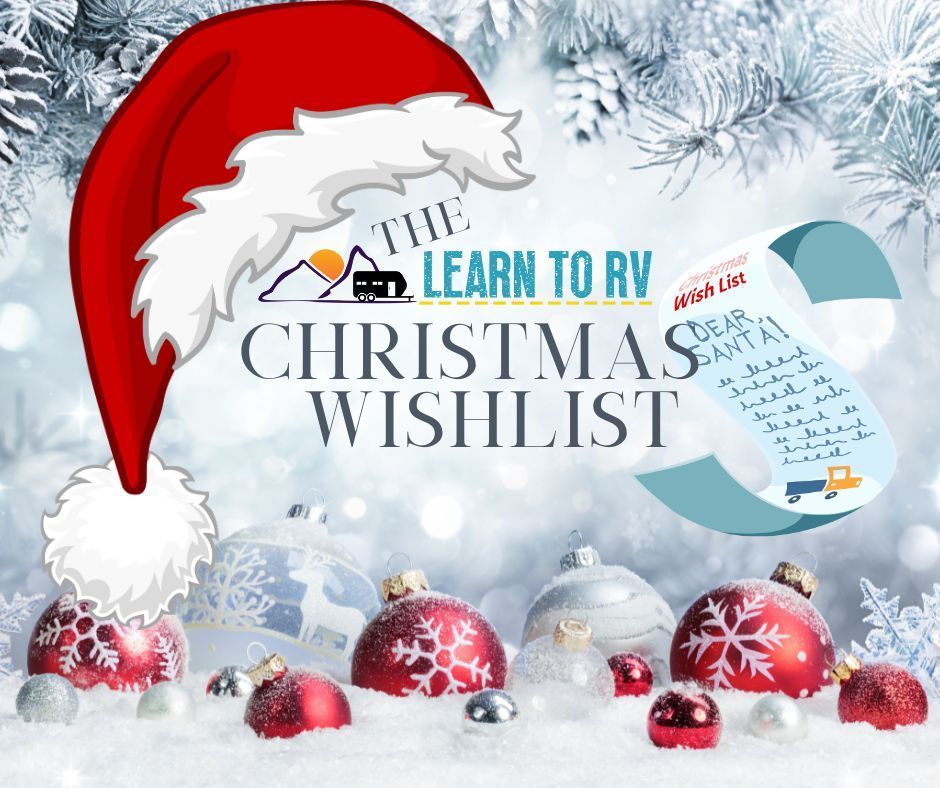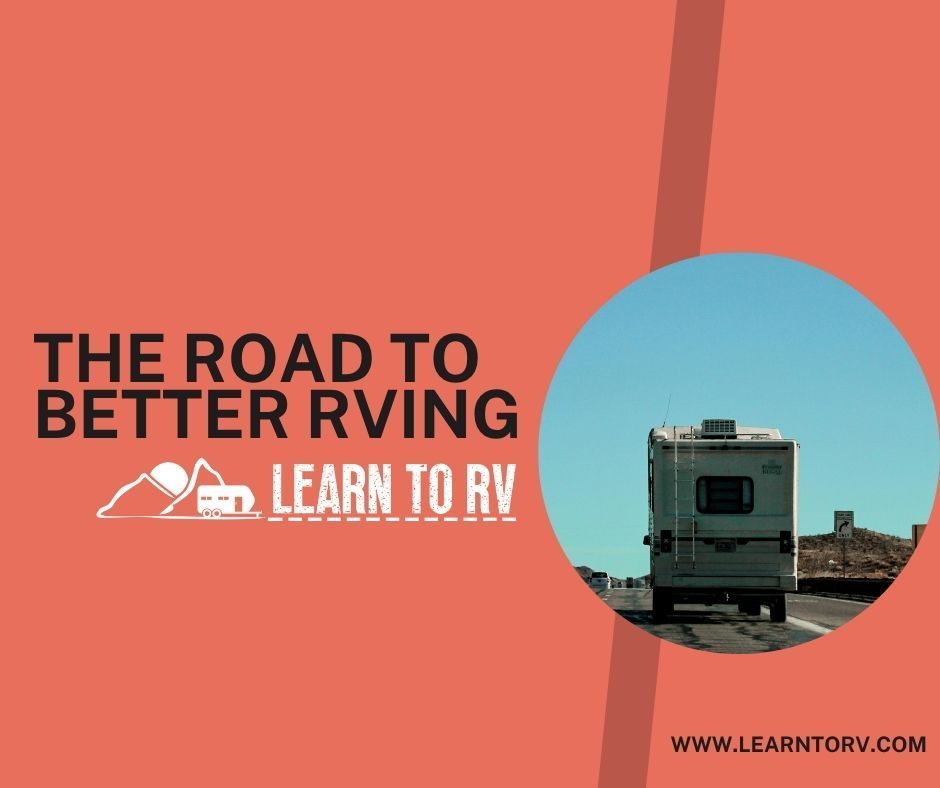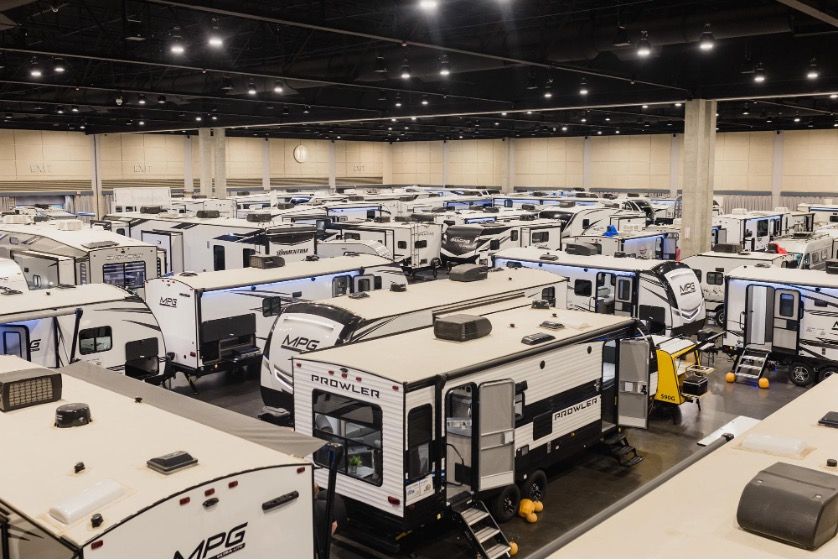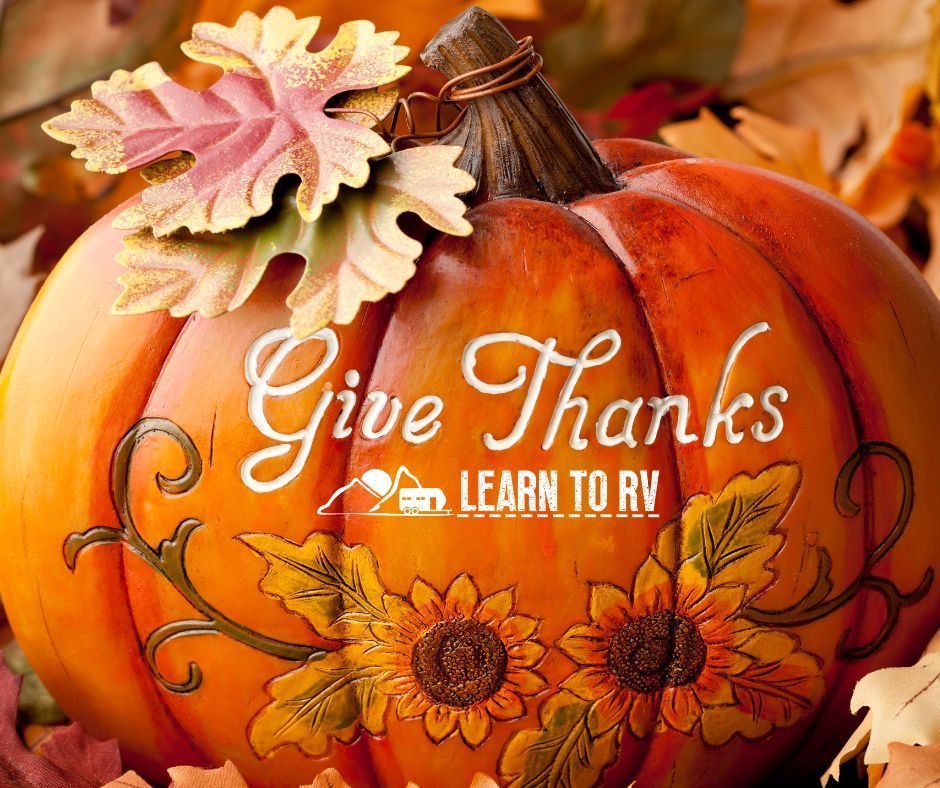Remote Work and Full-Time RVing Part 1: Making Your Office as Mobile as Your Home
Tasha Martin • May 29, 2025
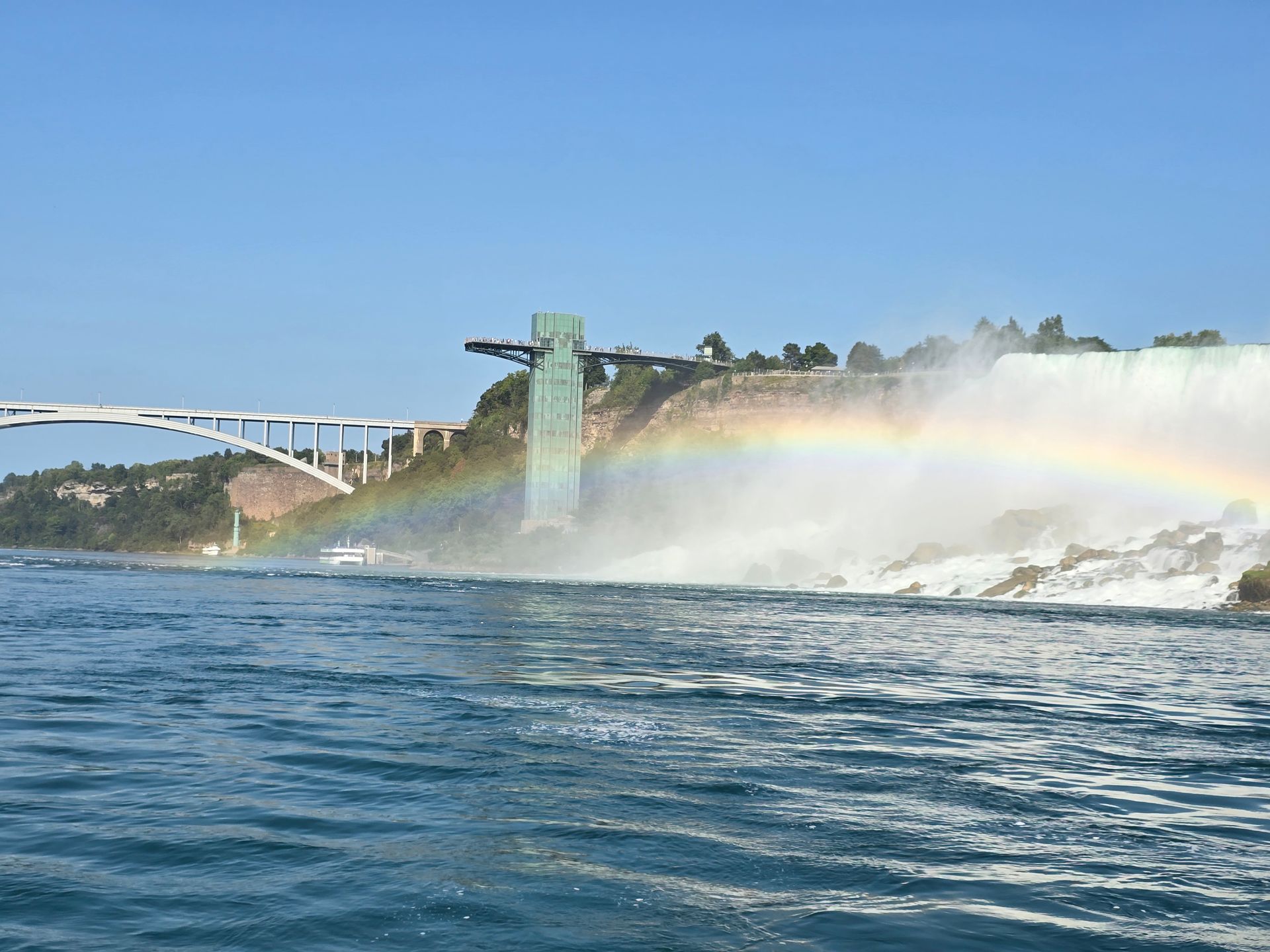
If you're reading this, you're probably dreaming about trading stationary life for one on wheels, all while maintaining your career. As a senior copywriter for a healthcare system living the full-time RV lifestyle, I'm here to tell you: yes, it's absolutely possible. And yes, it comes with both incredible rewards and unique challenges.
Join me for this two-part series to explore the life of full-time work of a full-time RVer and get a first-hand look at what it takes to make it work.
Down and Dirty: The Realities of Full-Time Working and RVing
I had plenty of questions when I first considered taking my career on the road. Would I have reliable internet? Would my employer be supportive? Could I be just as productive working outside a traditional office? Fast forward, and I'm writing this from my RV "office," enjoying a view that changes whenever I want.
If you’ve got a passion, a drive, an itch-the road is waiting, and it can be done. But is it worth it? If I had it all to do it again, would I? Here’s the truth. A thousand times yes. But it doesn’t mean it’s always easy.
The Amazing Parts
Roam Where You Want To Even with a 9-5, evenings and weekends are mini adventures for us. I’ve finished a Thursday workday and been on a glass-bottom boat with the fam an hour later watching majestic sea turtles swim a Florida Keys coral reef. That beats rush hour traffic any day.
Don’t Cage Me In When the workday stresses me out, looking out my window at mountains, beaches, or even just the campground is way more calming than staring at an encouraging cat poster hanging on a cubicle wall. No matter how cute the cat.
Money to Burn Listen. Not everything is cheaper. I won’t lie. Our 3500 Ram, Greta, guzzles diesel like a thirsty camel, and that’s not a small bill. But we don’t pay the mortgage or rent we had before launching in our RV. Instead, that money goes to experiencing more of this life. Everyone decides where their money goes. As a family, we choose experiences over things.
A Tribe for Every Vibe The RV community is incredible. They’re welcoming and supportive. We’ve made lifelong friends we wouldn’t have met otherwise. You, know. The kind that doesn’t give you side-eye when you talk about taking your family on the road in an RV full time. Whatever your vibe, there’s a tribe out here for you in RV land.
The Very Real Challenges
Can You Hear Me Now? I’ve driven around like a mad woman, searching for a signal before a business meeting. In some places, even all our best internet backups and best-laid plan Bs haven’t been enough. (I’m looking at you, Alabama.) I’ll lay out those plan B options in part two of this series next week.
Seasons Change I lived most of my life in tornado alley. We lived in Joplin during the F5. I couldn’t imagine anything like it. But hurricanes, blizzards, wildfires, dust storms, earthquakes - there’s something everywhere you go. And when you live and work in an RV, even extreme humidity or an unexpected downpour can seriously rock a workday.
This Is My Dance Space, This Is Your Dance Space Look. Not to show my age, but Dirty Dancing taught me a thing or two. Being put in the corner is bad. Always bring something to a party. And listen to Johnny: Boundaries are important. And that’s especially true in your work-life balance. It’s easier when you can leave all the work at the office and go home. But when your RV is your office is your home is your office is your RV… the lines blur.
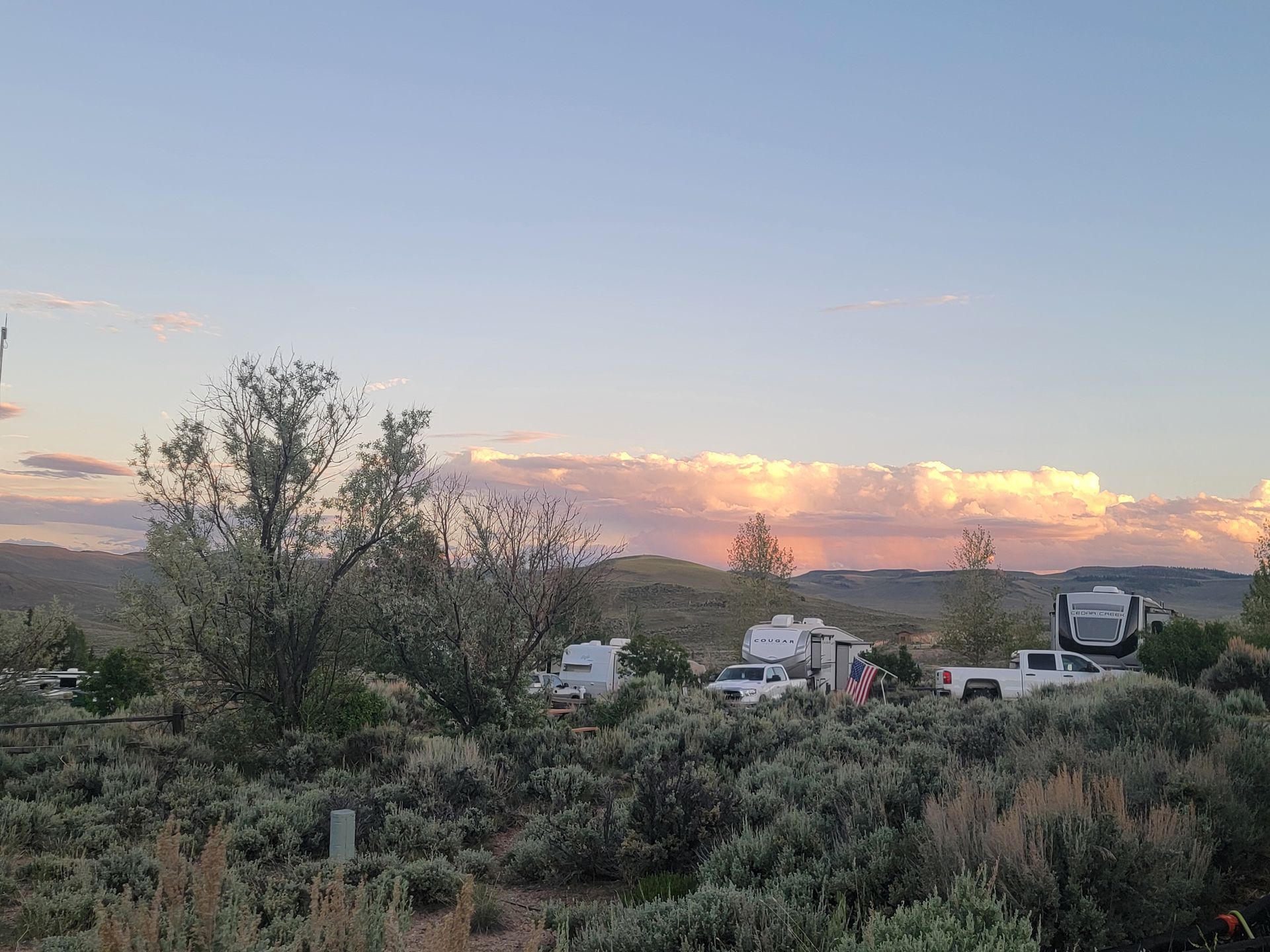
Tips From the Road
After making a full-time lifestyle work for a couple of years, here’s what I’ve learned:
Communicate. Always. Your employer may be more flexible than you expect. My husband and I received green lights from ours after explaining our plan. But after selling everything and moving into our RV, my husband’s employer changed their policy. Every remote employee was to return to the office or resign. He asked industry colleagues if they knew of remote opportunities. One said, “Come work with us. We’ll let you RV.” Within a month, we were back on course. You, too, can find a job to take on the road. Come back next week to learn about some amazing full-time RVer opportunities!
Set Boundaries Make clear work/home schedules for your small space. That includes your time, your room, and your energy.
Back It Up Murphy was serious. If it can go wrong, it will. For internet, power, and workspace - always have a plan B. And C. We’ll explore what’s out there and I’ll share what’s worked for us in part two of this series.
Find Your Rhythm Some RVers stay in one place for months; others move weekly. Find the schedule that works for you. We hang out about three weeks before moving, and travel on Sundays. Read about the 3-3-3 rule, a guideline many full-timers live by.
Get Flexy Consider condensed workweeks for longer weekends if your job allows. Can you work four 10-hour days instead of five 8-hour days, for example?
Won’t You Be My RV Neighbor? Join Facebook groups, like our Learn to RV Facebook group, and forums specifically for digital nomads and working RVers.
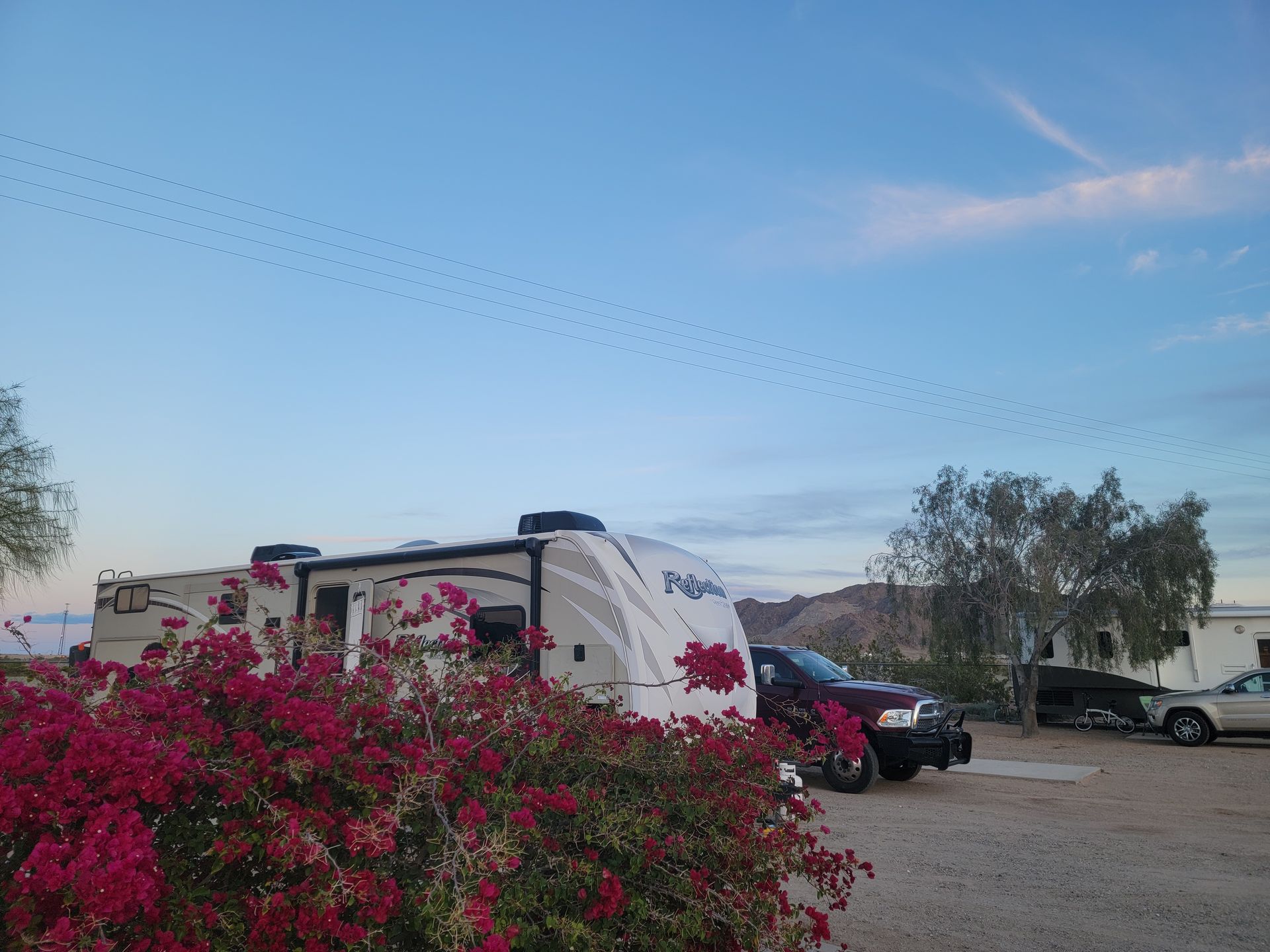
Ready to Take a Drive?
Full-time RVing while working remotely isn't for everyone, and that’s okay. But it may be exactly what you’re looking for. As you consider what comes next for you, spend some time reflecting on these questions:
- How do you handle uncertainty? Can you problem-solve on the fly?
- Are you comfortable in smaller living and working spaces?
- Do you have a job that can be done remotely? Are you open to a career change?
If you think this lifestyle may be for you, ask your employer about remote work possibilities. Another great idea is a trial run. Rent an RV for a week and try working from it. What do you like and not like? What quirks can you deal with and what absolutely needs a solve before going full-time?
The beauty of this lifestyle is that it doesn’t have to be permanent. It can flex and grow with you as much as you let it. Many of us started with a "let's try it for a year" mindset and are still driving years later - while others discovered it wasn’t for them and returned to stationary life with great memories and no regrets.
For me, keeping my 9-5 and going full-time with my husband, our two teens, pup, and grumpy old cat was the best decision. It hasn’t always been perfect, but the trade-offs have been worth it for my family. It could be worth it for yours, as well.
Got the keys in hand? Come back next week for part two of this series. We’ll explore essentials for getting started, remote work options for RVers, and get some first-hand, true-life stories of making this lifestyle work.
Tasha is a senior copywriter who has been full-time RVing with her awesome family since 2023. When not crafting content, she’s exploring beaches, mountainside towns, and national parks, sampling local coffee shops, and searching for the perfect campsite. It must have both a magnificent view and an infallible internet connection.
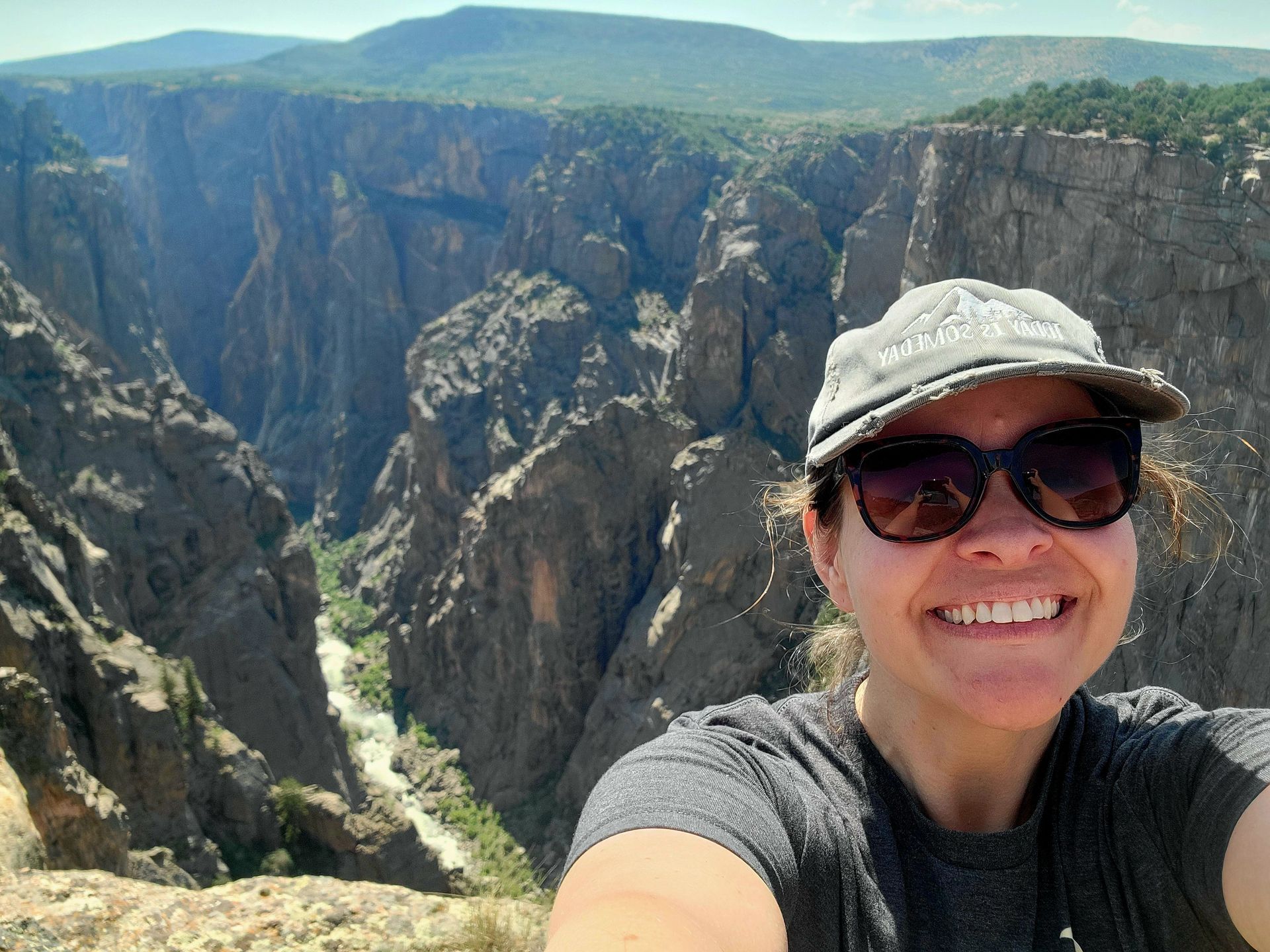
Other blogs you might like...
